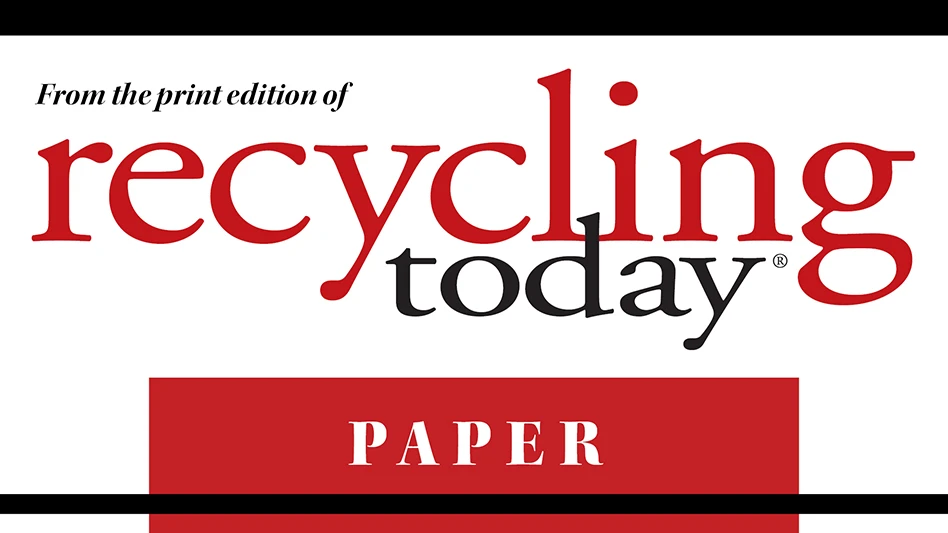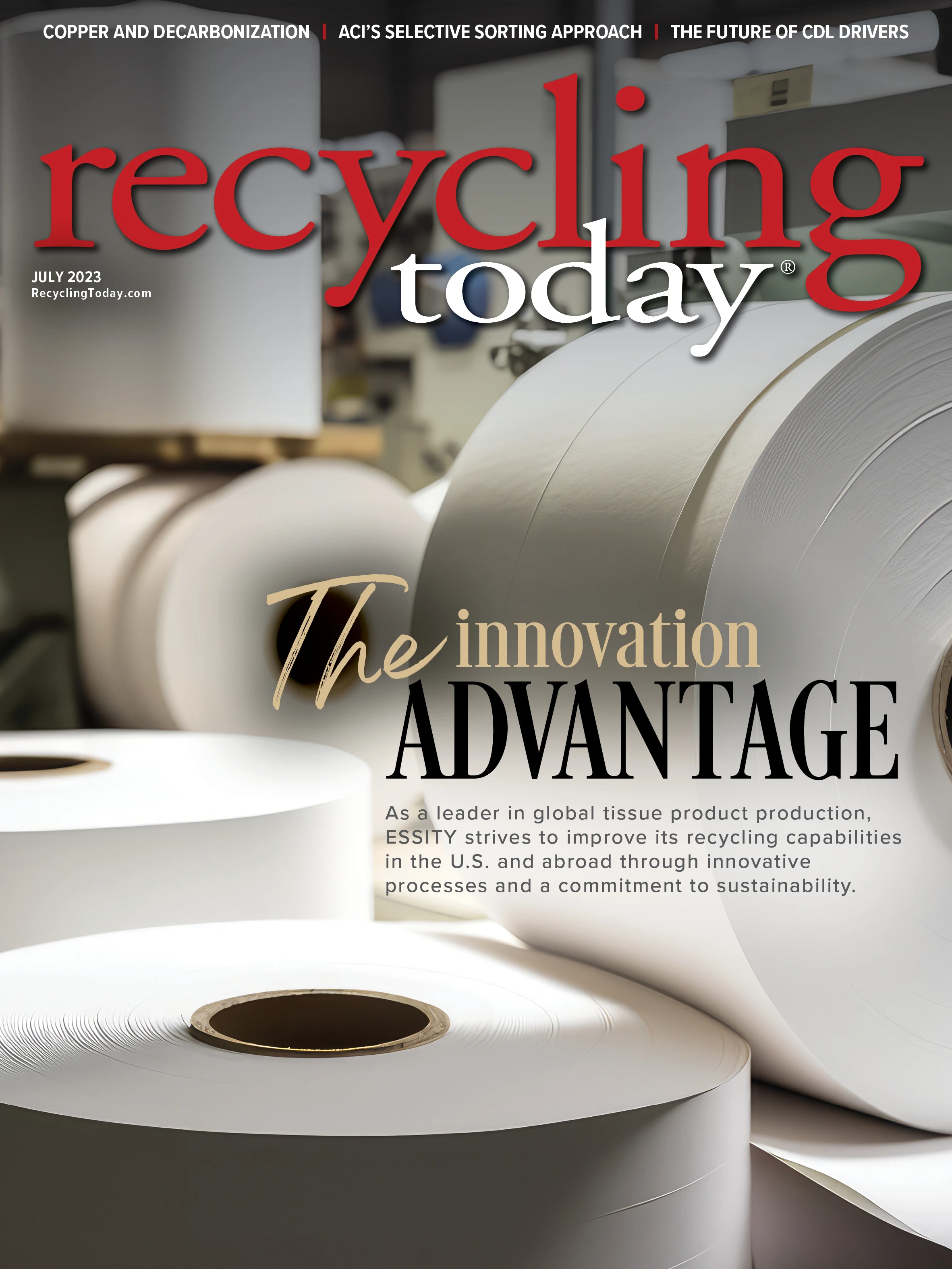
During a typical global recession, all areas of the economy, including manufacturing, services, retail and trade, tend to turn downward at the same time, but, according to a June 5 report from Jeffrey Kleintop, managing director and chief global investment strategist at Charles Schwab & Co., only manufacturing and trade seem to be in a global recession.
Kleintop analyzed indicators such as industrial production, worldwide trade volumes, job growth by industry, surveys of purchasing managers at manufacturing companies and others and refers to the phenomenon as a “cardboard box recession.”
Data from the Fibre Box Association suggest corrugated linerboard demand has fallen as it has in previous recessions and is in line with findings of other analysts who say that while North American containerboard producers predicted an uptick in box demand in the first quarter of this year, demand might not start trending up by the end of 2023.
"The bottom line is that the prediction of an impending recession seems to be gaining more steam.” – Myles Cohen, principal, Circular Ventures
The Washington-based American Forest & Paper Association’s (AF&PA’s) first-quarter boxboard report also reflects the low-demand trend seen this year. According to the AF&PA, total boxboard production in the first quarter was down 5 percent compared with the first quarter of 2022, while the boxboard operating rate was 87.8 percent, down 6.1 percentage points from last year.
Kleintop says evidence of a cardboard box recession suggests the mild recession in corporate earnings could continue. He notes the gap between earnings expectations for cardboard box-type industries and service industries is a double-digit margin, with earnings growth forecasts for manufacturing companies being +3.8 percent compared with +14.9 percent for the services industry.
“The wide gap … highlights how the economists and analysts are aligned on the nature of the current economic environment,” Kleintop writes, adding that the global stock markets’ double-digit returns in the first half of the year could reflect expectations of an end to the cardboard box recession.

But as paper and packaging companies report first-quarter earnings, those results also are in line with Kleintop and other analysts’ findings of continued low box demand.
In May, Packaging Corp. of America, Lake Forest, Illinois, confirmed it would temporarily idle its mill in Wallua, Washington, with the company telling the Tri-City Herald the shutdown was because of economic conditions. The facility produces approximately 1,800 tons of unbleached paper and corrugated medium per day, consuming nearly 1,000 tons per day of old corrugated containers.
Atlanta-based WestRock Co. and Memphis, Tennessee-based International Paper (IP) took economic downtime in the first quarter. WestRock reported a net loss of $2 billion that included 265,000 tons of economic-related downtime, and IP reported 421,000 tons of economic downtime —the third consecutive quarter the company has taken what it says is significant economic-related downtime.

Writing on behalf of Vipa Group’s Marc Ehrlich in the late-May Bureau of International Recycling’s “World Mirror: Recovered Paper,” Myles Cohen, principal of the Atlanta-based advisory firm Circular Ventures LLC and a Vipa USA board member, says that while domestic demand at paper mills has increased, it was insignificant.
Cohen writes that while shutdowns mostly are occurring at containerboard mills, tissue mills have felt the effects of the demand downturn, too.
“In the past when the economy was soft and box demand was low, tissue mills would mostly be immune to these slowdowns, but not on this occasion.”
The bottom line, Cohen continues, “is that the prediction of an impending recession seems to be gaining more steam.”
Get curated news on YOUR industry.
Enter your email to receive our newsletters.
Explore the July 2023 Issue
Check out more from this issue and find your next story to read.
Latest from Recycling Today
- LumiCup offers single-use plastic alternative
- European project yields recycled-content ABS
- ICM to host colocated events in Shanghai
- Astera runs into NIMBY concerns in Colorado
- ReMA opposes European efforts seeking export restrictions for recyclables
- Fresh Perspective: Raj Bagaria
- Saica announces plans for second US site
- Update: Novelis produces first aluminum coil made fully from recycled end-of-life automotive scrap







